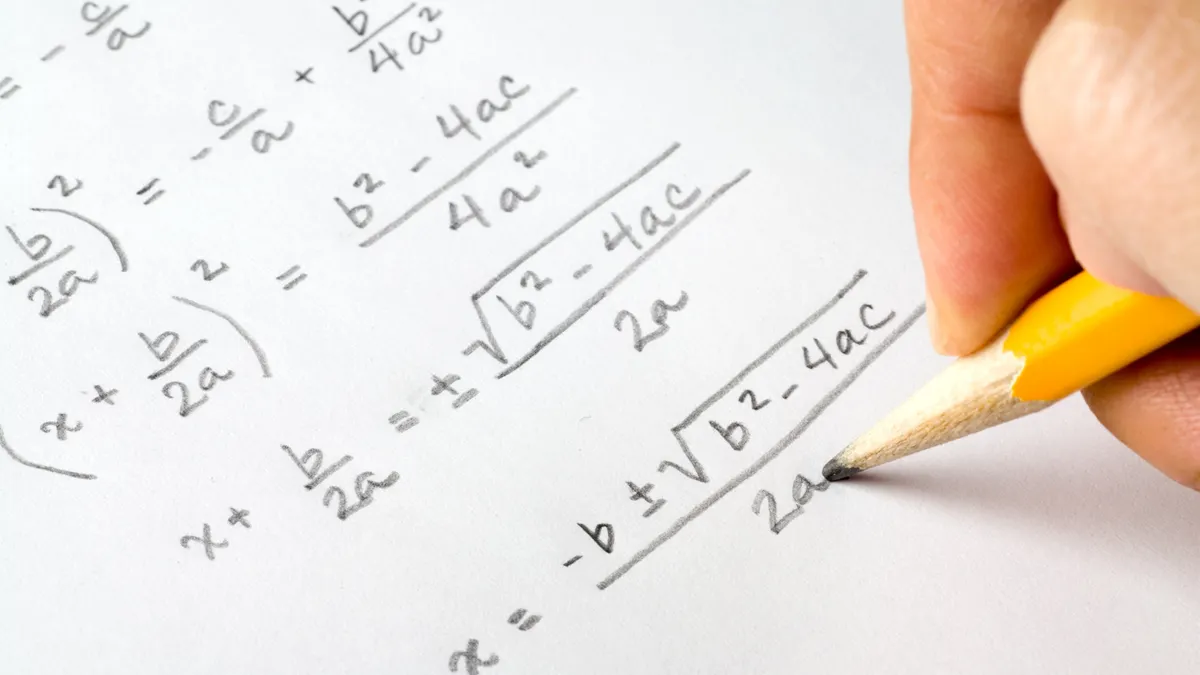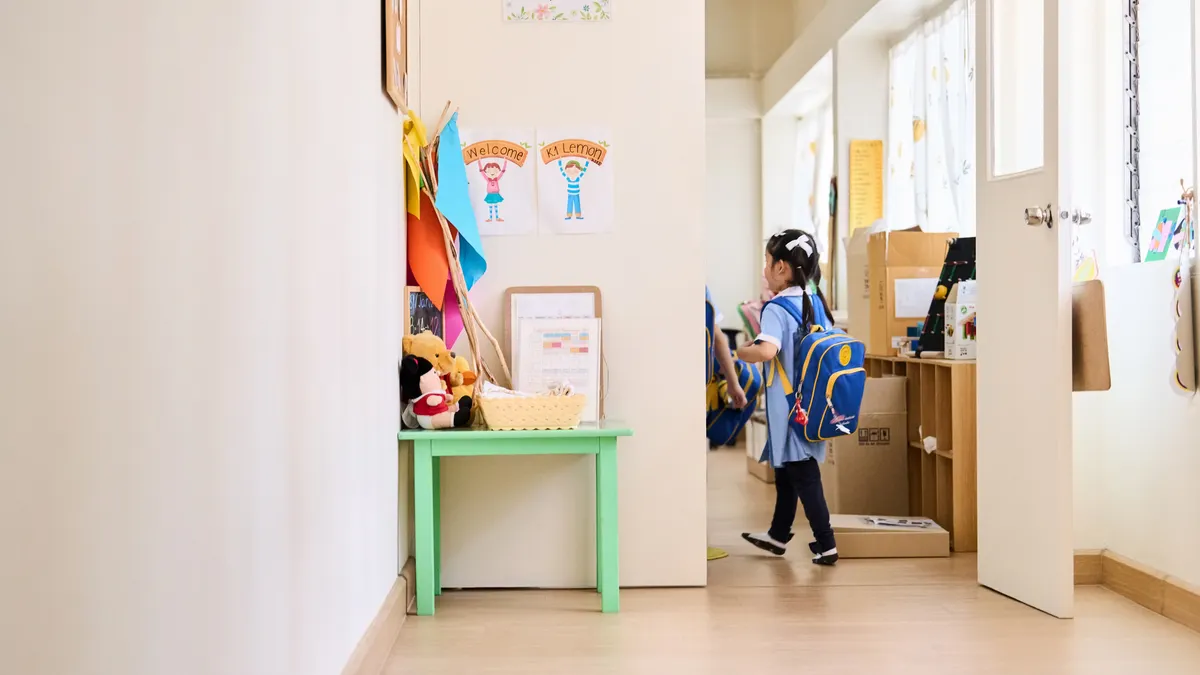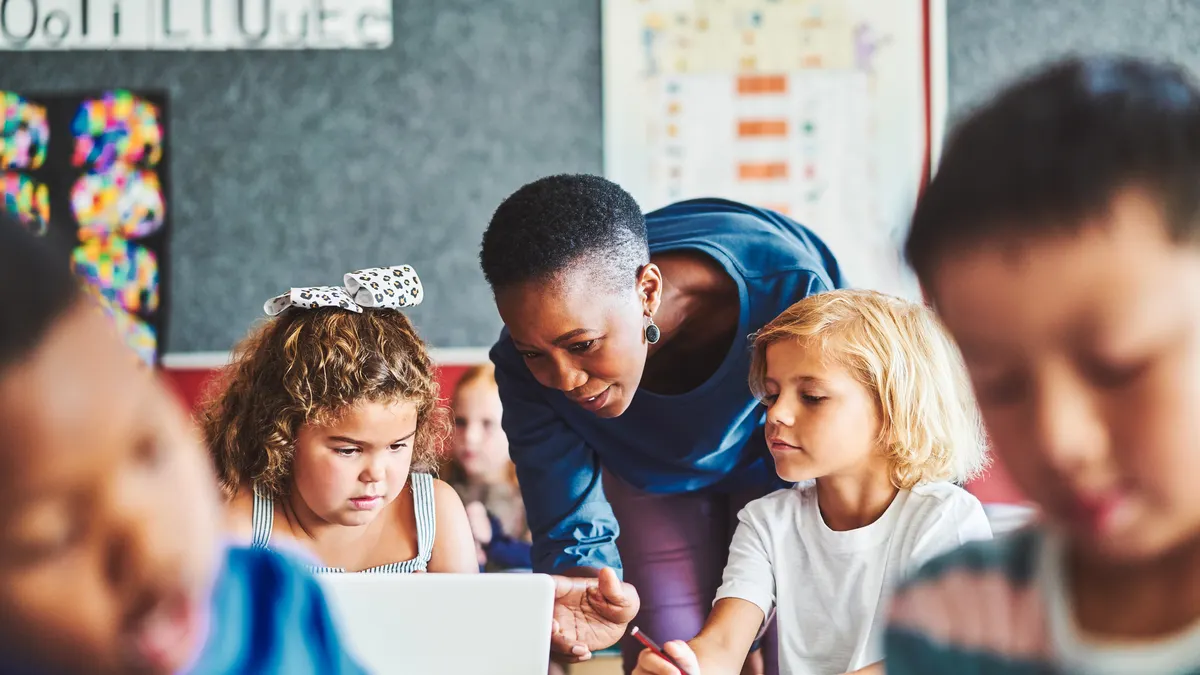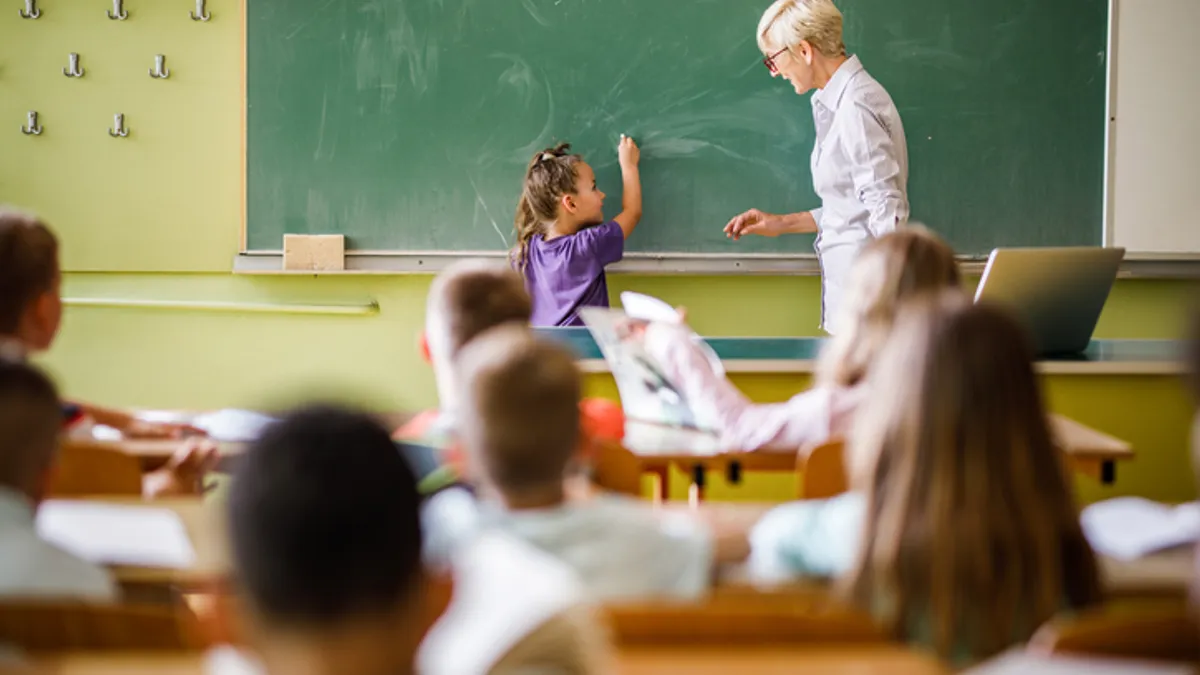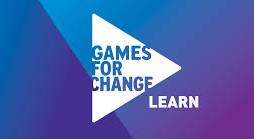The 60th anniversary of John F. Kennedy, Jr.’s assassination on Nov. 22 offers educators more than an entry point in teaching about the sudden death of a U.S. president. It also offers a window into teaching students how to apply critical thinking and media literacy skills to information sourced from the past as well as today.
Official records, academic sources and original reporting can provide a clear roadmap when teaching history. However, there are additional sources teachers can include to round out the perspectives from people who were alive or present when the tragedy occurred.
With the JFK assassination, these options may include portraits of the president, art created using artifacts of the time, historical film and documents, and other materials.
Here are three approaches educators can use to use media literacy as a tool for the study of this and other historical events.
Portraiture
History is told through artistic likenesses of key figures at the Smithsonian Institution's National Portrait Gallery. And with the Kennedy assassination, educators can draw upon resources like Elaine de Kooning’s well-known portrait of Kennedy.
Other artwork at the gallery uses elements from the day of the assassination. For instance, a series of screen prints from Andy Warhol called “Flash,” includes images from the assassination, including those of President Kennedy, headlines after the assassination and a Teletype message.
This series is not on display often, said Briana Zavadil White, head of education and public programs at the National Portrait Gallery.
The gallery also owns a 1970s piece, “Signs” by Robert Rauschenberg, that includes an image in the right-hand corner from the Abraham Zapruder film, the 26 seconds of home movie footage that caught the moment the president was shot in Dallas.
“We ask the question, why would Robert Rauschenberg take all of these images and portraits and place them together?” said White. “What was his intent in doing this?”
When talking about portraits, White tells students about the different decisions the artist makes to determine how an image is rendered or captured — and the message those choices are meant to convey. She emphasizes that there are three people involved in every portrait: the artist, the subject and the person who commissioned the piece. Students should consider how these different perspectives help to shape an image.
With Kennedy, understanding how an artist may want people to see the president can add another layer to how the anniversary of his assassination is framed.
"There are a lot of layers, and there is no one right answer,” White said. “It’s always about our audiences asking questions. And if you leave a portrait with more questions than you have answers, sometimes that's not a bad thing.”
Original papers
Primary sources are a gold standard educators for teaching students about historical events.
Many original papers and artifacts connected to the assassination are at the National Archives. The John F. Kennedy Presidential Library and Museum also offers educators and the public a way to access a brief history of the events leading up to that day and the days following, including investigatory details from the Warren Commission, which was charged with reviewing documents and conducting interviews about the assassination.
The library also has physical artifacts, including items the president used to have on his desk, which can help humanize Kennedy, said Alan Price, director of the library, which is administered by the National Archives and Records Administration.
Additional archival records connected to Kennedy’s life include a collection of letters written to him, said Price. If asked, the library will create digital copies of some of these documents and with educators to build lesson plans around them, Price said.
He emphasized that working with educators is of primary importance to the library, especially during an age when images and documents can easily be altered, such as with artificial intelligence programs.
“In a world where the truth becomes harder to discern because of the reasonably accessible tools available, people should be able to look at national archives as a reliable source,” Price said. “We have some requests where people ask if we can make an image lighter for us, and we say we will give you the original (version of the image) and do with it what you will. Helping people distinguish the actual record is an important distinction.”
Cross-examining multiple sources
Ultimately, whether teaching about the Kennedy assassination or any other historical event, experts said teachers should help students examine materials and question the sourcing.
Further, they suggest that educators encourage classes to expand upon the information so it’s not coming from just one source or a single point of view. This, too, helps embed critical thinking and media literacy skills.
“I would say for both history and current events, students should be thinking about a variety of perspectives,” said Julie Halterman, senior current events content developer for Facing History & Ourselves, an education nonprofit focused on helping teachers and students make connections between history and the present day. “Information shouldn’t ever come from one source, and teachers and students need to think about the range of information.”
That could mean looking beyond official documents that center around a historical event. Using sources like poetry, written by those present at that time, and reflecting a unique perspective expands the idea of what a source can be and extends the historical picture of what students are studying.
In that way, students can begin to ask who they're learning about, where those voices come from, and whose voice may be missing.
“Whose voices and stories are represented in what they’re learning and whose voices may not be?” said Halterman. “And what does it mean to be responsible consumers and producers of media?”


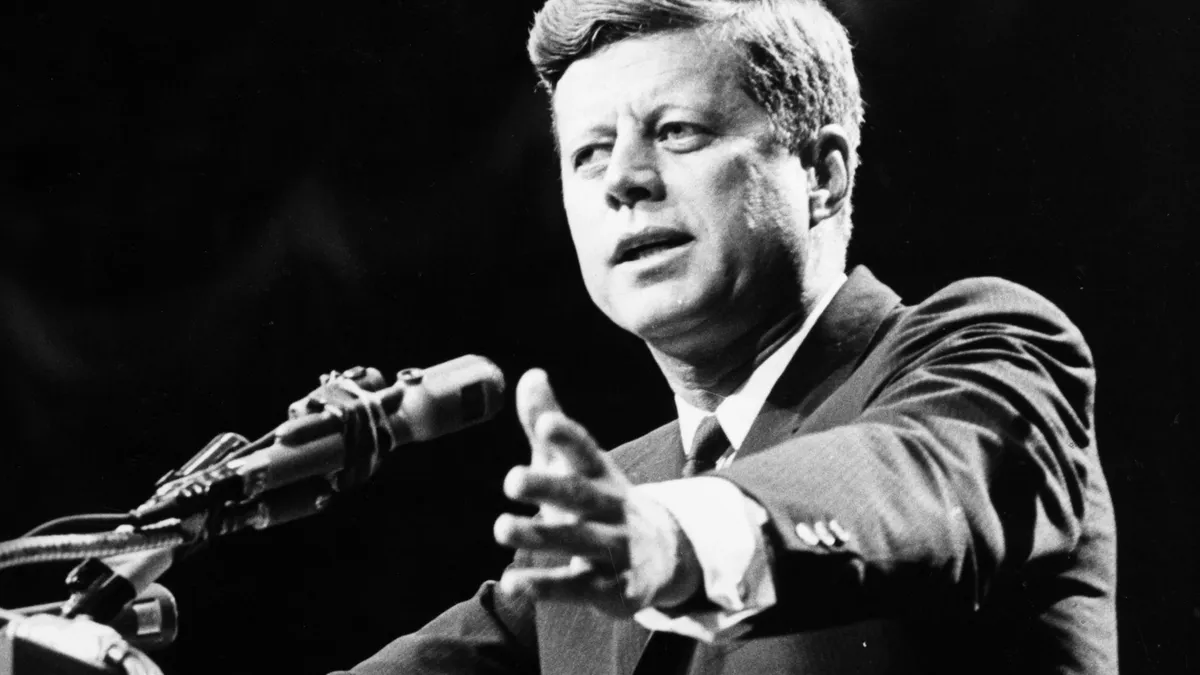



 Dive Awards
Dive Awards

